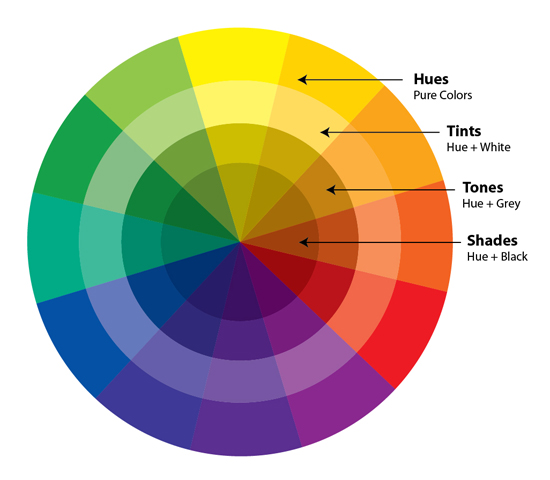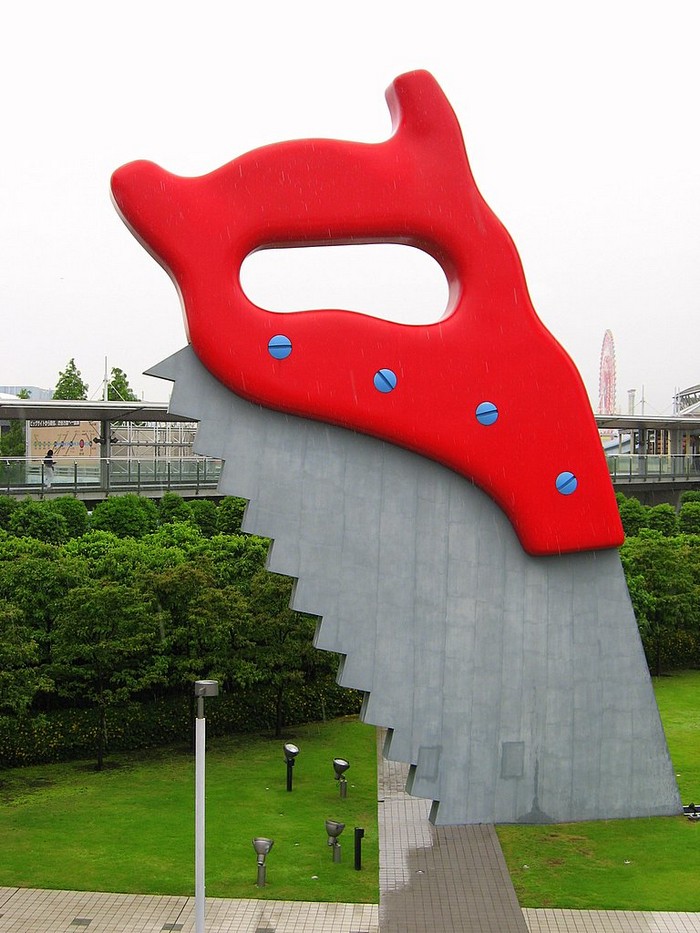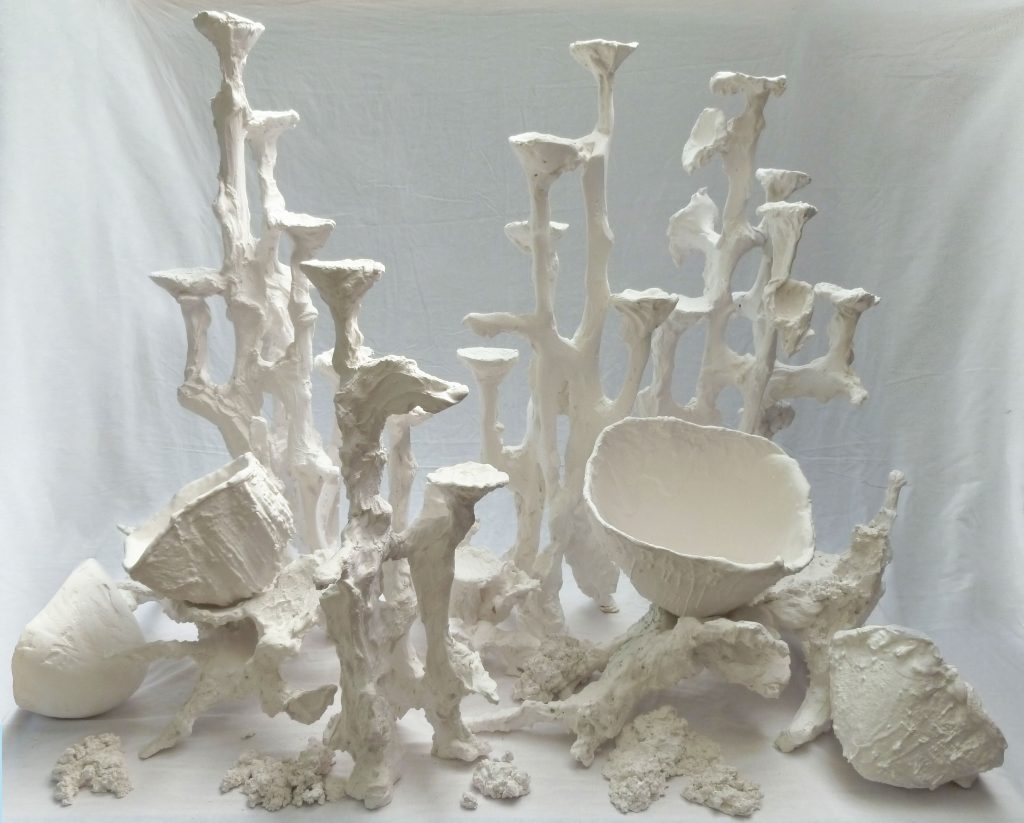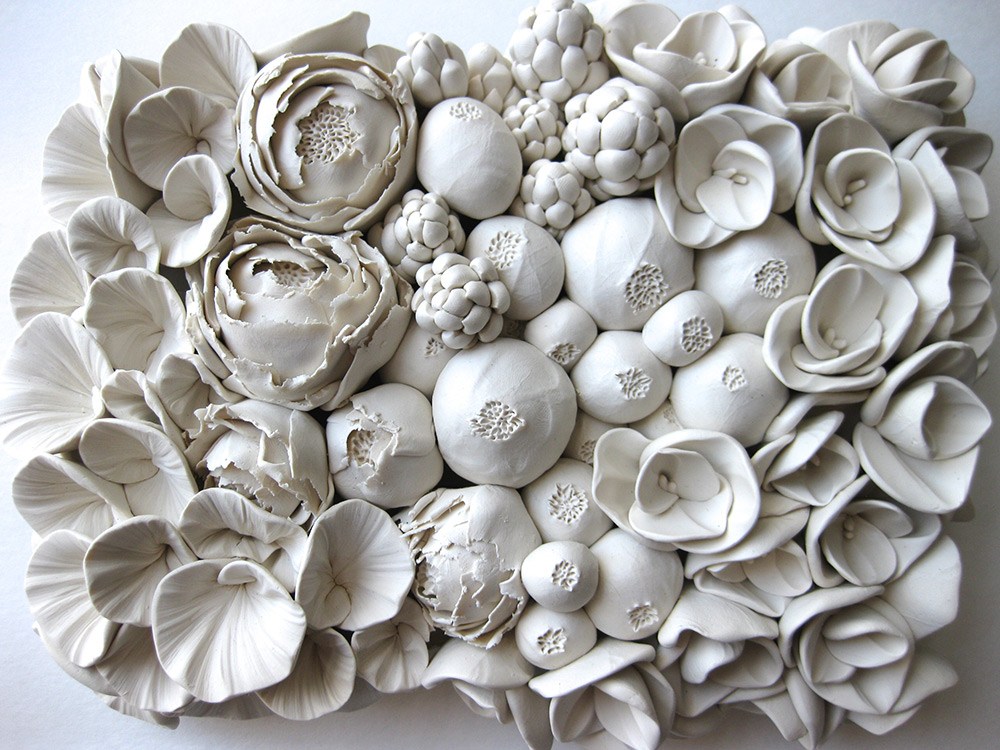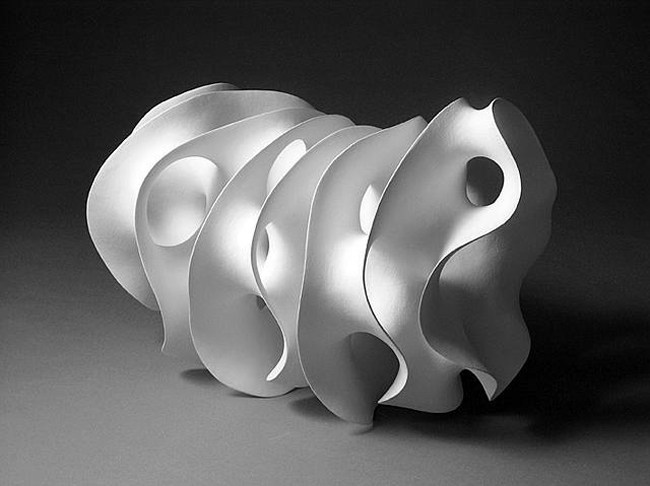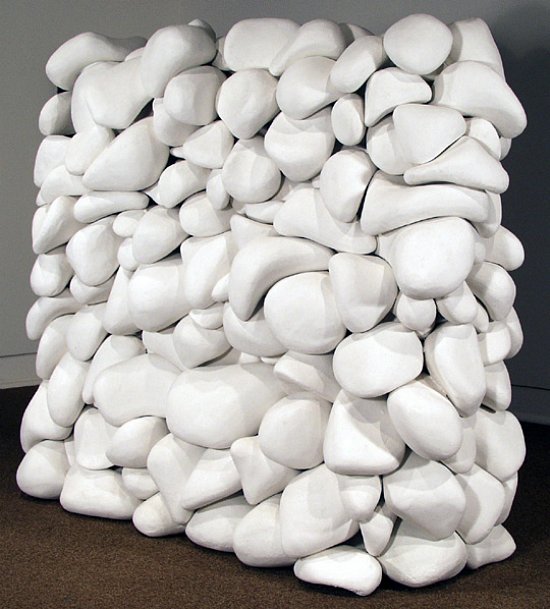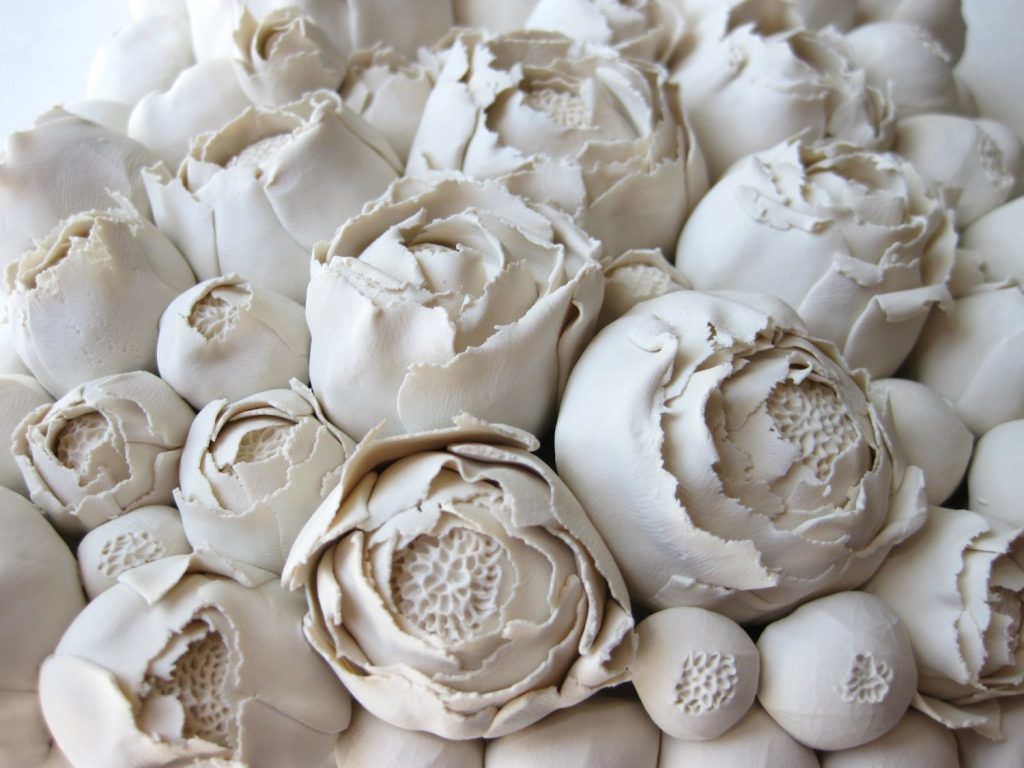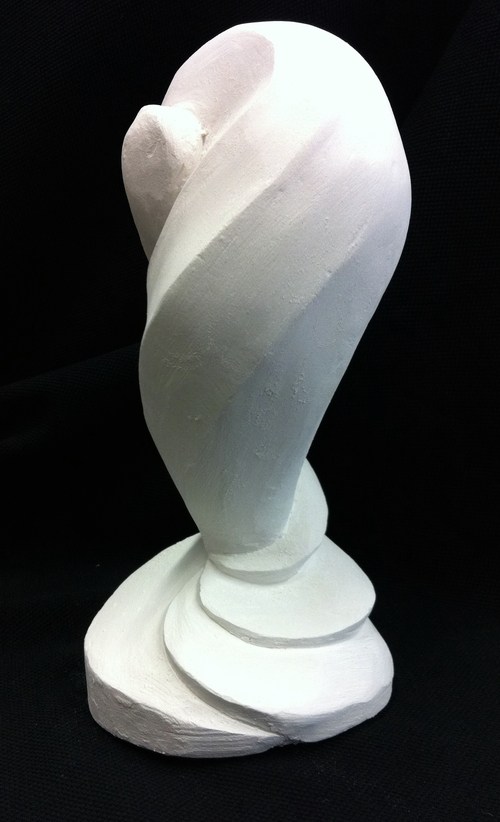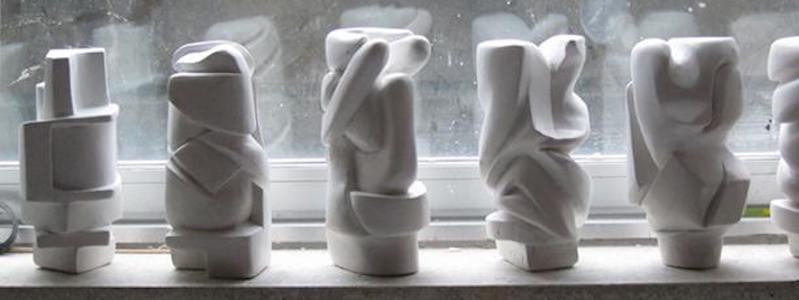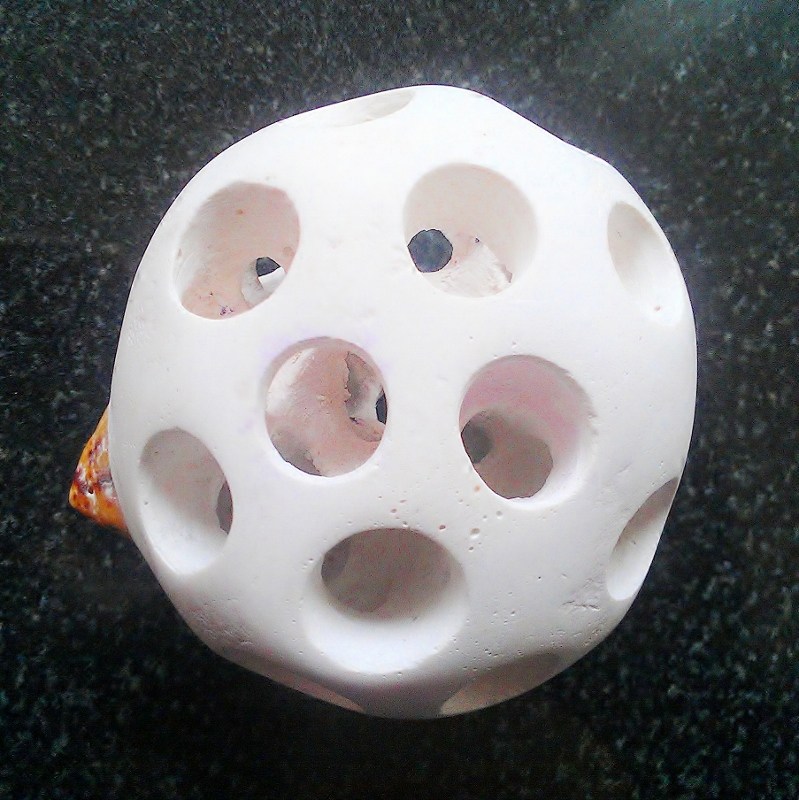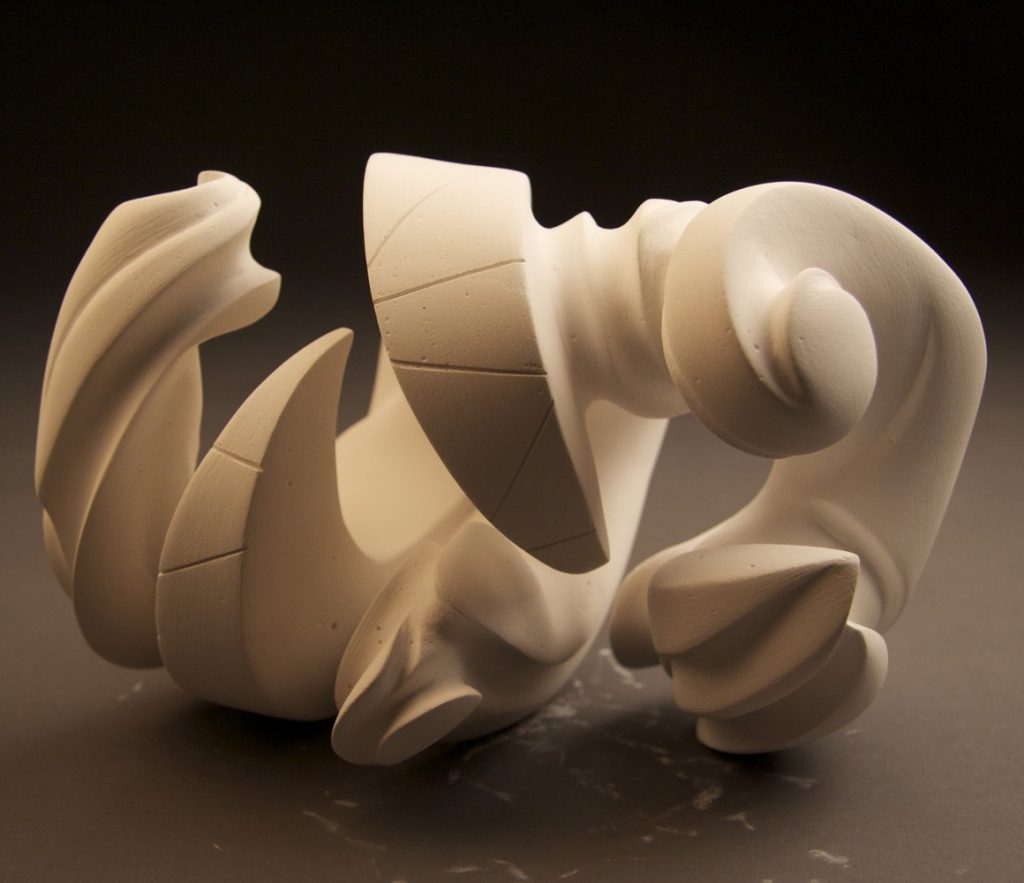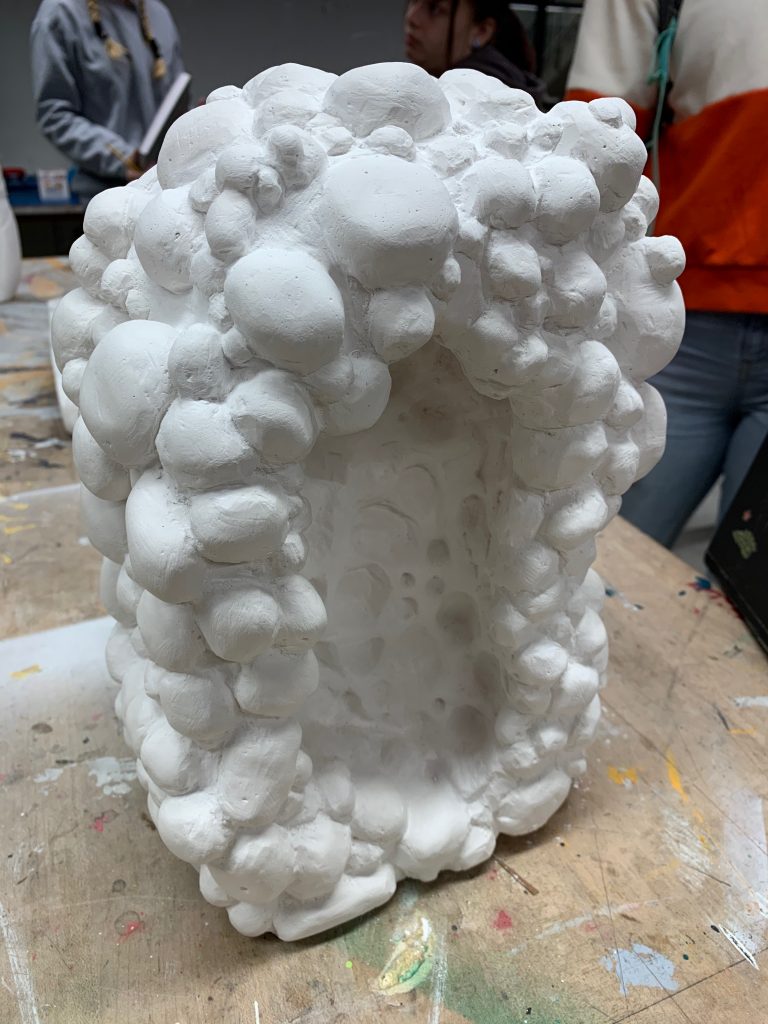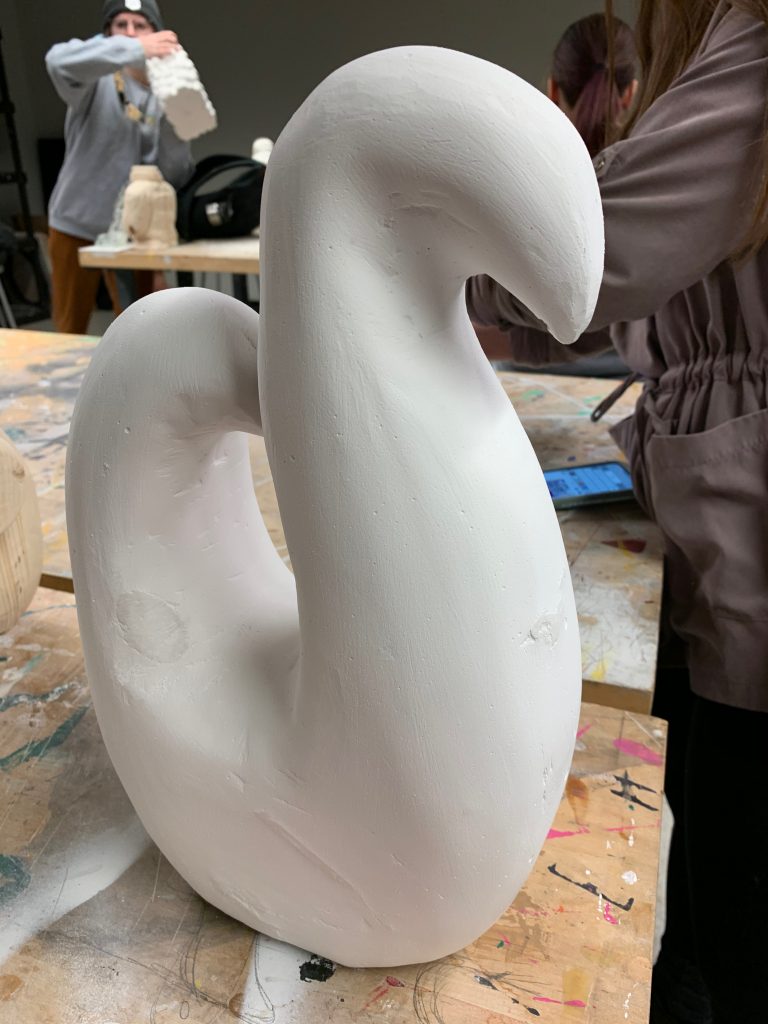Learning Objectives
- Students will be able to demonstrate fine craftsmanship, an intense and investigative approach to materials and rigorous conceptual thought.
- Students will be able to articulate their understanding of the Elements and Principles of Design, particularly the element of line.
Info
For this project you will create an outdoor sculpture that uses line to engage the viewer, disrupt the space, challenge how space is perceived and change the understanding of how space works. The word “line” is intentionally left vague. Your sculpture should be linear. It should define space or volume. It should engage the viewer. It should be dynamic. It should not be boring.
Works of art that exist outside of the gallery space offer new opportunities to engage the public with questions about space and how we interact with those spaces.
This is also an opportunity for students to expand upon a materials given use; how much can you do to pvc pipe before it is unrecognizable as simple plumbing equipment?
Materials
- Materials to be chosen based on your project and with input from the instructor.
Sketchbook Mini-Assignments
- Read through Overview on Earth Art and take notes in your sketchbook. What possibilities exist when an artist moves outside of the white walls of a gallery?
- Read through this guide from the Boise City Dept. of Arts and History. It is exhaustive but gives an excellent overview of the numerous considerations that must be given when creating public works of art. Take notes in your sketchbook. What things were you not aware of before reading the guide?
- Work out at least 5 different ideas in your sketchbook. You may want to photograph various sites on campus, print those photos and then draw on top of them to get an idea of scale. Bring these photos to our first class meeting to discuss with he group.
- Visit the dollar store, Home Depot or Lowes to find potential materials for your project. You may also want to visit Goodwill, the Samaritan Center or the Free section on Craigslist and Facebook Marketplace. Take photos and notes of materials that you find. If you find an abundance of something but you don’t want to use it, share it with the class. Someone else might be able to use it in their project.
Project
- For this project you will be creating an outdoor sculpture that addresses our understanding of space through the use of line. You are being asked to challenge our assumptions of how we interact or engage with space using basic linear elements. How can you use an element that is, for the most part, two dimensional to change our understanding or engagement with three dimensional space?
- Come to class having completed the Sketchbook Mini-Assignments, particularly #4 where you are asked to go looking for materials. You must come to class with some idea of the materials you plan on using.
- During class we will take a walk around campus to discuss different sites and the potential work that could be created in those sites. Take lots of photos – make lots of sketches.
- As a group we will go through each idea and offer feedback, ideas, solutions and potential problems. Use this time as a space to pick your colleague’s brains about your idea.
- Once you have fully sketched out your ideas and worked out a timeline, discuss with your professor. Come with several ideas for materials and locations in case one doesn’t work out.
- Make sure to think of safety and accessibility. No work can impede the use of stairs, walkways, or doors. Think about the weather, sunset and sunrise. How will the environment affect your work? If it rains, what will happen? If there is a strong gust of wind? If someone climbs on it?
Research
Artists: Fred Sandback, Olafur Eliasson’s Ice Watch, Steve Lambert’s Capitalism Works for Me! (True/False), Ai WeiWei’s public works, Kako Ueda, Jim Lambie, Cornelia Parker, Andy Goldsworthy, Sol Lewitt, Gavin Worth, Rikuo Ueda, Christo and Jeanne-Claude




























































